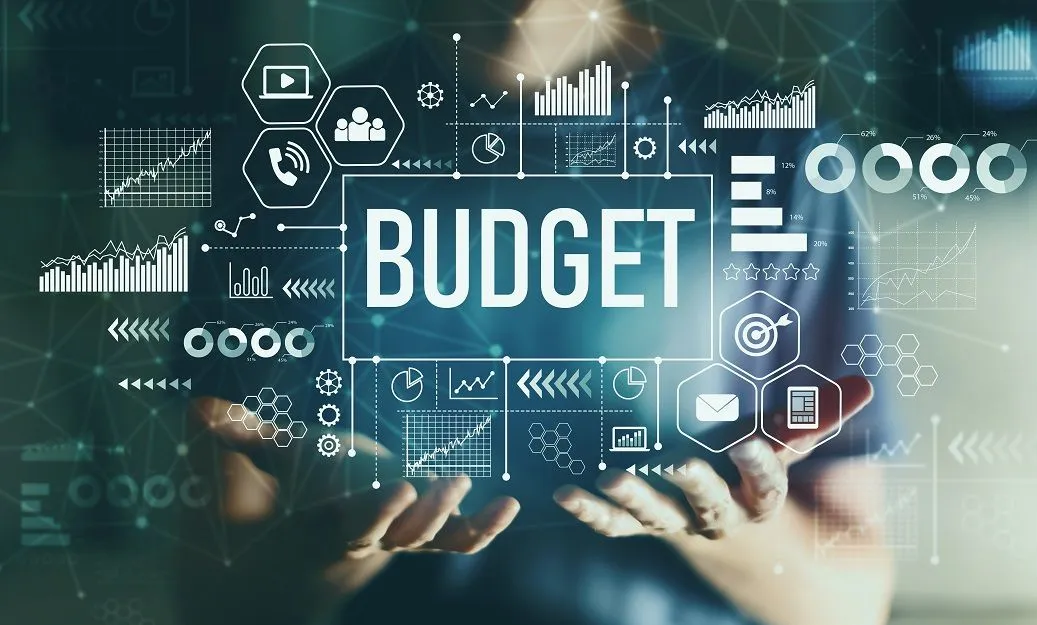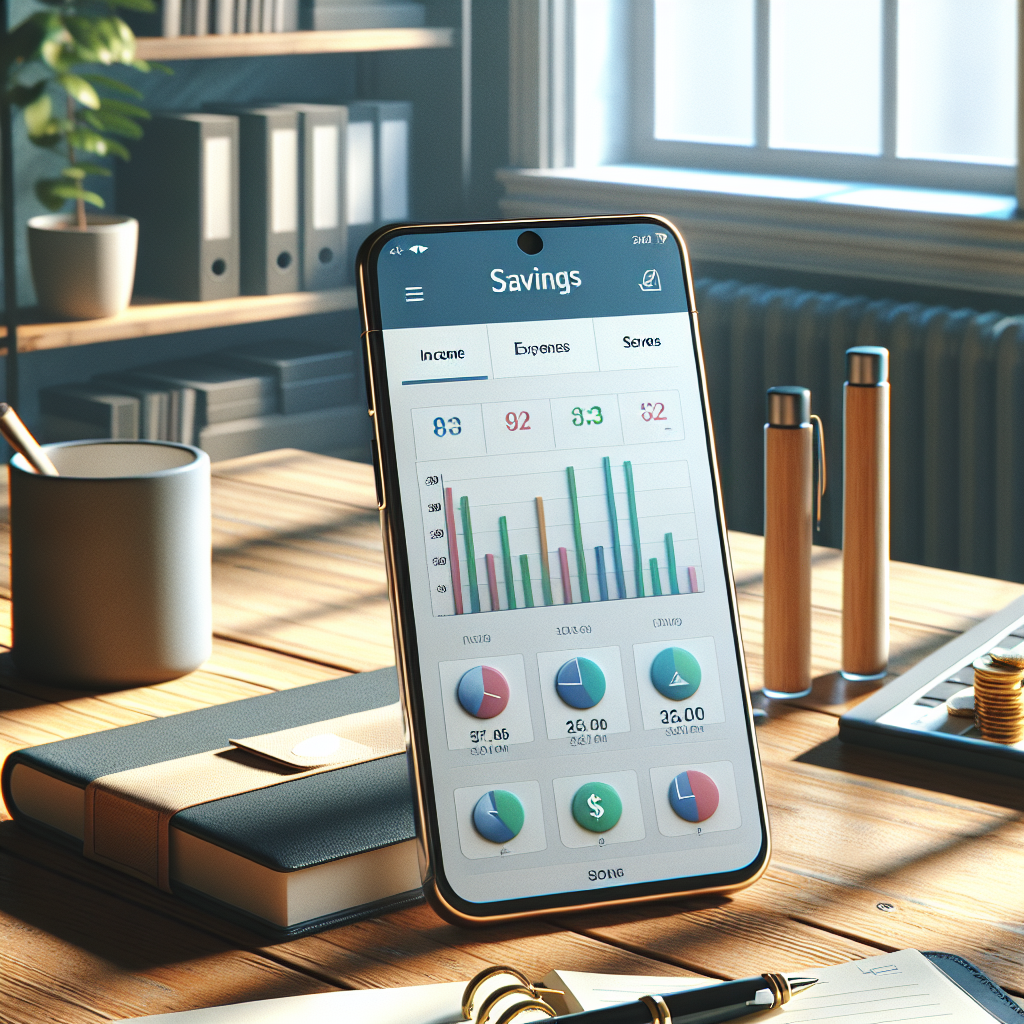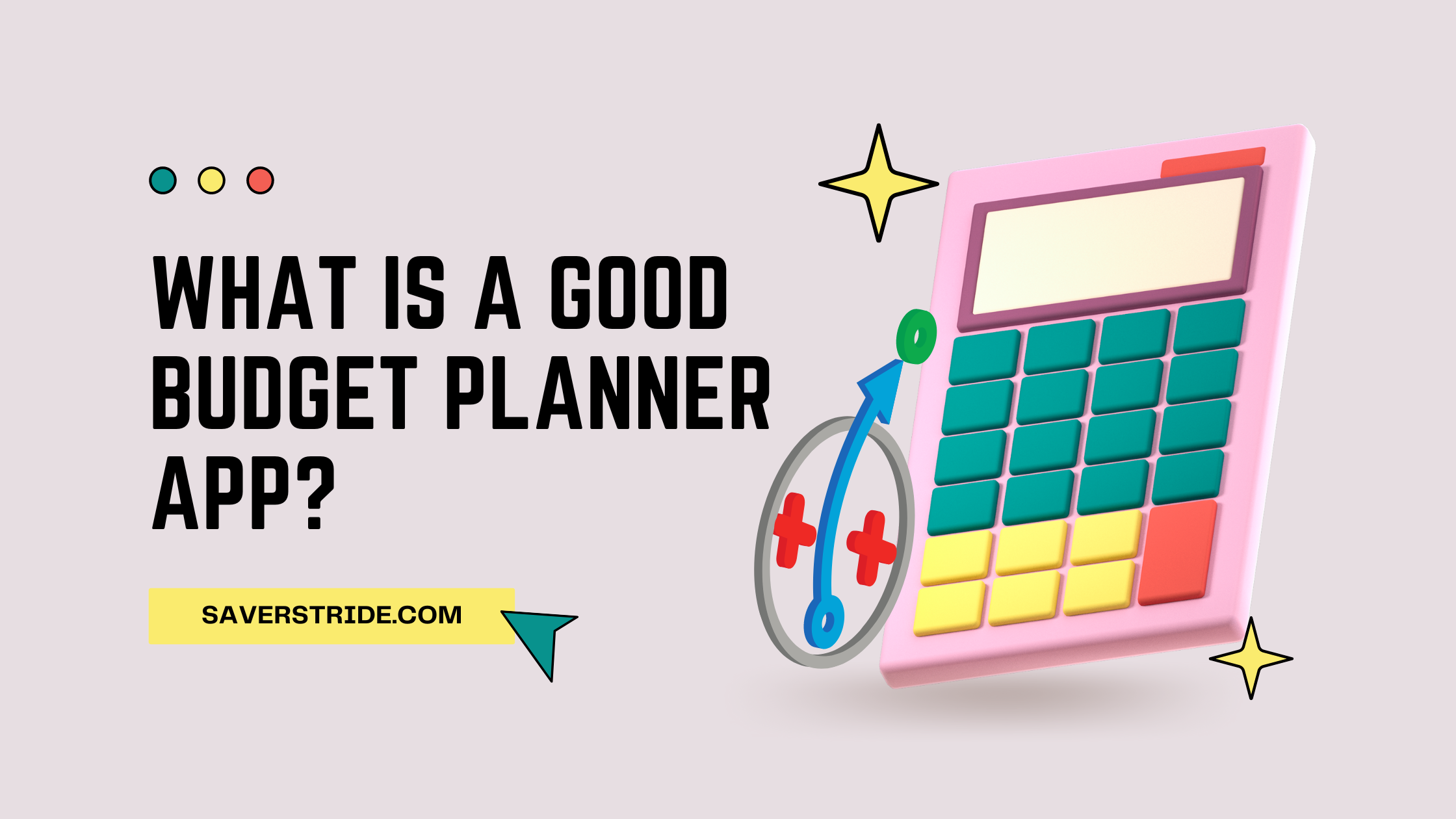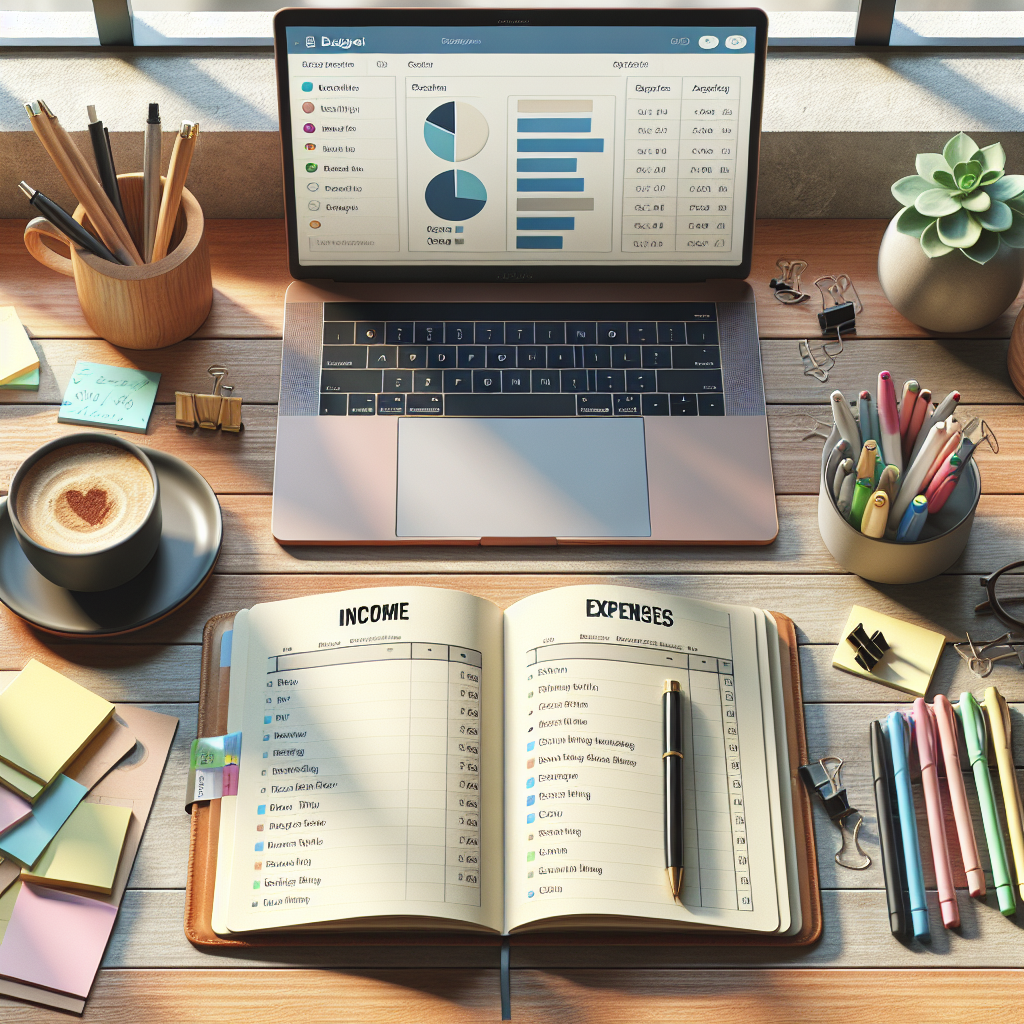The concept of split bills revolves around the practice of dividing shared expenses among individuals, typically in a household or group setting. This arrangement is particularly common among roommates, friends, or family members who share living spaces or engage in social activities together. The fundamental idea is to ensure that each person contributes fairly to the costs incurred, whether they pertain to rent, utilities, groceries, or entertainment.
For instance, if three friends decide to rent an apartment together, they might agree to split the monthly rent equally, ensuring that each person pays one-third of the total amount. This method not only fosters a sense of fairness but also simplifies financial management within the group. Managing split bills can sometimes be a source of tension, especially if individuals have different spending habits or financial situations.
One practical tip is to create a shared document or spreadsheet where all expenses are recorded transparently. This allows everyone involved to see what has been spent and who owes what at any given time.
Additionally, setting up a regular schedule for settling up—whether weekly or monthly—can help prevent misunderstandings and ensure that everyone remains accountable for their share of the bills. By fostering an environment of openness and cooperation, friends and roommates can minimize potential conflicts related to financial contributions.
Key Takeaways
- Split bills involve dividing expenses among friends or roommates
- Tips for managing split bills include using apps and setting clear expectations
- Budgeting is important for financial stability and achieving financial goals
- Creating and sticking to a budget involves tracking expenses and setting limits
- Tools for split bills and budgeting include apps and spreadsheets
- Open communication is crucial for managing split bills and budgeting with others
- Different methods for splitting bills include evenly, by usage, or by income
- Long-term financial planning involves saving, investing, and managing split bills
- Managing debt while budgeting requires prioritizing repayment and staying on track
- Adjusting your budget involves making changes in response to unexpected expenses or income changes
Budgeting Basics:
Budgeting serves as a cornerstone for achieving financial stability and security. It involves creating a plan that outlines income and expenses, allowing individuals to allocate their resources effectively. The importance of budgeting cannot be overstated; it provides a roadmap for managing finances, helps in tracking spending habits, and enables individuals to prioritize their financial goals.
For example, someone who budgets effectively can identify areas where they may be overspending—such as dining out or entertainment—and make necessary adjustments to save for more significant expenses like a vacation or a new car. Creating and sticking to a budget requires discipline and commitment. The first step in this process is to assess one’s income sources and total monthly earnings.
Following this, individuals should categorize their expenses into fixed costs—such as rent and utilities—and variable costs—like groceries and entertainment. A common approach is the 50/30/20 rule, which suggests allocating 50% of income to needs, 30% to wants, and 20% to savings or debt repayment. Once a budget is established, it’s crucial to monitor spending regularly and make adjustments as needed.
Utilizing budgeting tools or apps can aid in this process by providing insights into spending patterns and helping individuals stay on track with their financial goals.
Tools for Split Bills and Budgeting:

In today’s digital age, numerous apps and tools are available to assist with split bills and budgeting, making financial management more accessible than ever. Popular applications like Splitwise and Venmo facilitate the process of dividing expenses among friends or roommates. Splitwise allows users to input shared costs and automatically calculates who owes what, while Venmo enables easy money transfers between individuals.
These tools not only streamline the process of managing shared expenses but also reduce the likelihood of disputes over payments. When choosing the right tool for your needs, it’s essential to consider factors such as user-friendliness, features offered, and compatibility with your financial habits. For instance, if you prefer a comprehensive budgeting solution that tracks all your expenses in one place, apps like Mint or YNAB (You Need A Budget) might be more suitable.
On the other hand, if your primary concern is splitting bills with friends, a simpler app like Splitwise may suffice. Ultimately, the best tool is one that aligns with your financial goals and enhances your ability to manage both personal budgets and shared expenses effectively.
Communication and Transparency:
| Metrics | Data |
|---|---|
| Number of communication channels used | 5 |
| Frequency of team meetings | Weekly |
| Transparency level in decision-making | High |
Open communication is vital when it comes to managing split bills and budgeting with friends or roommates. Establishing a culture of transparency can significantly reduce misunderstandings and foster trust among individuals sharing financial responsibilities. It’s essential to discuss expectations upfront—such as how bills will be split, payment deadlines, and what happens if someone is unable to pay on time.
By addressing these topics early on, all parties can feel more comfortable discussing any issues that may arise later. Having transparent conversations about budgeting can also extend beyond just splitting bills; it can involve discussing individual financial situations and goals. For example, if one roommate is struggling financially while another is in a more stable position, it may be beneficial for them to have an open dialogue about how they can support each other during tough times.
This could lead to arrangements such as adjusting how much each person contributes to shared expenses based on their current financial capabilities. Ultimately, fostering an environment where everyone feels comfortable discussing their finances can lead to healthier relationships and more effective management of shared costs.
Strategies for Splitting Bills:
There are various methods for splitting bills that cater to different situations and preferences. The most straightforward approach is to divide expenses evenly among all parties involved. This method works well when everyone consumes resources similarly—such as in a shared living arrangement where all roommates use utilities at comparable levels.
However, there are instances where an even split may not be fair; for example, if one roommate consistently uses more electricity due to extensive gaming or if another frequently hosts guests. In such cases, alternative strategies can be employed, such as splitting bills by usage or income. For instance, if one person uses significantly more water than others due to long showers or frequent laundry loads, it may be reasonable for them to pay a larger share of the water bill.
Similarly, if income disparities exist among roommates or friends, adjusting contributions based on income can promote fairness and understanding within the group. Navigating tricky situations when splitting bills often requires empathy and flexibility; being willing to listen to each other’s perspectives can lead to amicable solutions that satisfy everyone involved.
Long-Term Financial Planning:

Mastering the art of split bills and budgeting lays a solid foundation for achieving long-term financial goals. By developing good habits around managing shared expenses and personal finances, individuals can cultivate a sense of financial discipline that extends beyond day-to-day spending. For example, someone who regularly tracks their expenses through budgeting tools may find it easier to save for significant milestones such as buying a home or funding retirement accounts.
The skills learned through effective bill-splitting can translate into better decision-making regarding investments and savings strategies. To further enhance long-term financial planning while managing split bills, individuals should consider setting aside a portion of their income specifically for savings or investments. This could involve creating separate savings accounts for different goals—such as an emergency fund or travel fund—and contributing regularly to these accounts.
Additionally, exploring investment opportunities—such as stocks or mutual funds—can help grow wealth over time.
Dealing with Debt:
Managing debt while navigating split bills and budgeting can be particularly challenging but is crucial for maintaining overall financial health. Individuals often find themselves juggling multiple responsibilities—such as paying off student loans or credit card debt—while also contributing to shared expenses with friends or roommates. To effectively manage this balancing act, it’s essential to prioritize debt repayment within one’s budget.
This may involve allocating a specific percentage of monthly income towards debt payments before addressing other expenses. One effective strategy for managing debt is the snowball method, where individuals focus on paying off smaller debts first while making minimum payments on larger ones. This approach can provide psychological benefits by creating a sense of accomplishment as debts are eliminated one by one.
Additionally, individuals should communicate openly with their roommates or friends about their financial situation; this transparency can lead to understanding when it comes time to discuss shared expenses or potential adjustments in contributions due to debt obligations.
Adjusting Your Budget:
Life is unpredictable; unexpected expenses or changes in income can necessitate adjustments to one’s budget at any time. Whether it’s an unforeseen medical bill or a sudden job loss, being prepared to adapt your budget is essential for maintaining financial stability. When faced with such challenges, individuals should first assess their current financial situation by reviewing income sources and outstanding expenses.
This evaluation will help determine which areas of spending can be reduced without compromising essential needs. Staying flexible in your budgeting approach involves regularly revisiting your budget and making necessary changes based on current circumstances. For instance, if you find yourself facing increased costs in one category—such as groceries due to inflation—you may need to cut back on discretionary spending in another area like entertainment or dining out.
Additionally, setting aside a small portion of your budget for unexpected expenses can provide a safety net during challenging times. By remaining adaptable and proactive in managing your finances, you can navigate life’s uncertainties while still working towards your long-term financial goals.
If you are looking for a way to split bills and budget effectively, you may want to check out the article on Good Budget. This app is designed to help users track their expenses and manage their finances in a simple and efficient way. By using Good Budget, you can easily divide expenses among friends or roommates, making it easier to keep track of who owes what. Additionally, this app offers budgeting tools that can help you stay on top of your financial goals. For more information on personal finance apps for Apple users, you can also read the article on Valapoint.
FAQs
What is a split bill?
A split bill is a method of dividing the cost of a shared expense, such as a meal at a restaurant or a group vacation, among multiple individuals. Each person pays for their portion of the total bill, based on what they consumed or used.
How do you split a bill?
There are several ways to split a bill, including dividing the total cost equally among all participants, itemizing the expenses and having each person pay for what they consumed, or using a mobile app or online tool to calculate and distribute the shares.
What are the benefits of splitting bills?
Splitting bills can help avoid conflicts over money, ensure that each person pays their fair share, and make it easier to manage shared expenses. It can also promote financial transparency and accountability within a group.
What is budgeting?
Budgeting is the process of creating a plan for how to spend and save money. It involves setting financial goals, tracking income and expenses, and making informed decisions about where to allocate funds in order to meet those goals.
Why is budgeting important?
Budgeting is important because it helps individuals and households manage their finances, avoid overspending, save for the future, and prioritize their spending based on their needs and priorities. It can also reduce financial stress and promote financial stability.






















